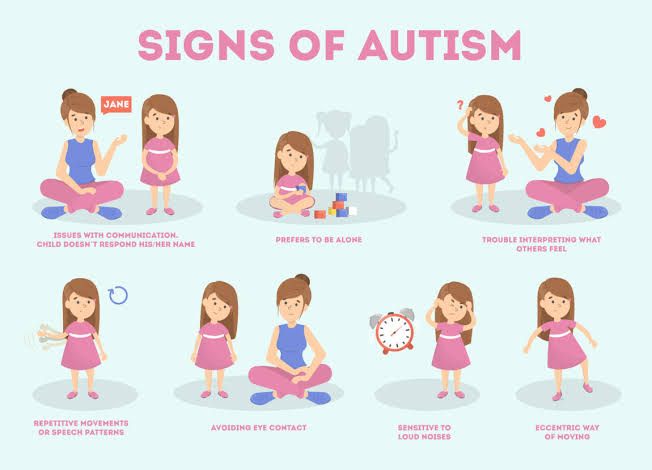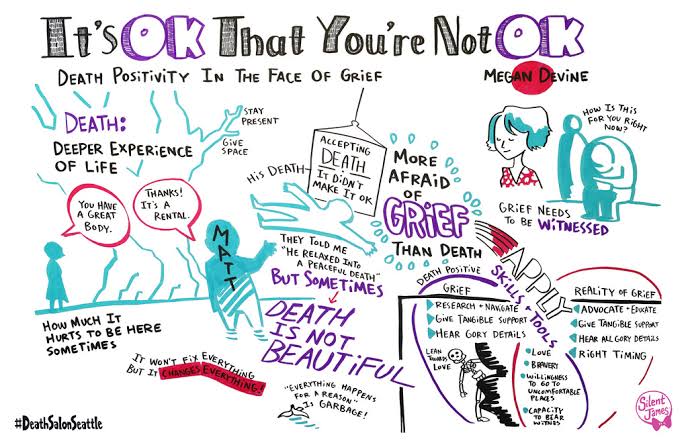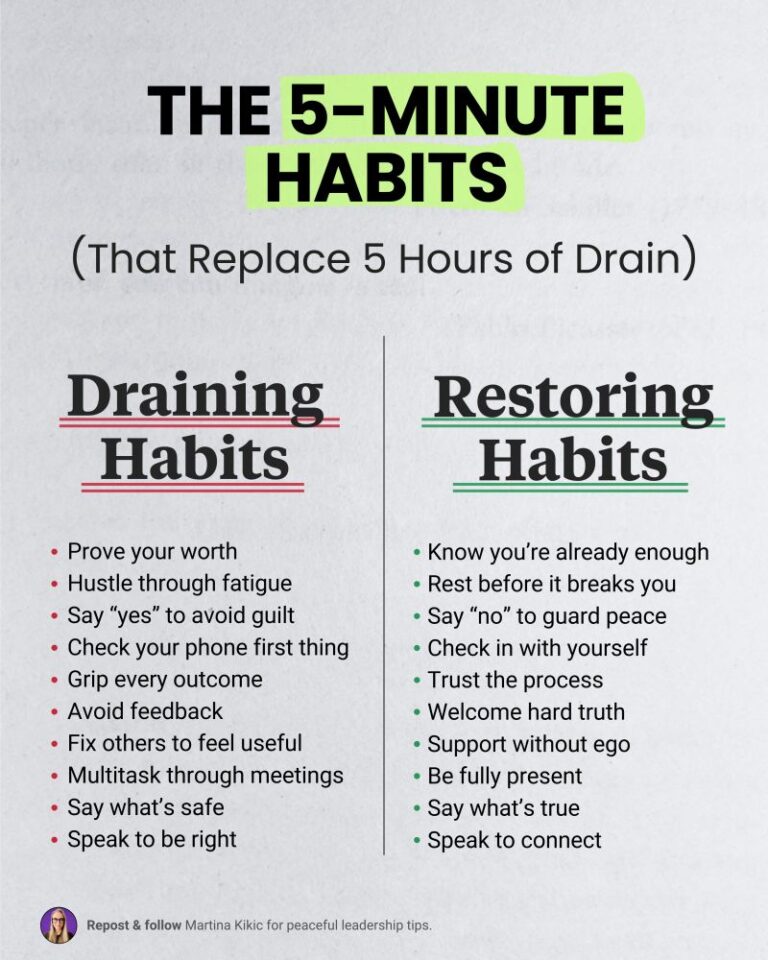
Autism or autism spectrum disorder is the diagnostic label that diagnoses a broad class of neurodevelopmental disorders. The types of autism were diagnosed individually according to the differences and severity of symptoms, as follows:
- autism disorder
- Asperger syndrome.
- Pervasive developmental disorder not otherwise specified (PDD-NOS).
- Childhood disintegrative disorder.
In 2013, the Diagnostic and Statistical Manual of Mental Disorders revised these classifications, and now all types of autism are combined into a single diagnosis, Autism Spectrum Disorder (ASD).
What are the symptoms of autism?
The most obvious symptoms of autism appear in communication and interaction with others, and learning, thinking and problem-solving abilities may be affected. Intellectually, people with autism can face significant challenges, especially for gifted individuals.
Every person with autism is different, some people may have many symptoms and others may have mild symptoms. The signs of autism in 3- or 4-year-old children may appear different from those seen in adolescents or adults. Common symptoms of autism may include:
- A child does not respond to his name.
- Avoids eye contact or lacks awareness when others around him are speaking.
- Does not understand sharing and sharing tasks.
- He hates physical contact unless he starts it.
- He does not look at the things presented to him.
- Does not respond to signals.
- His facial expressions look unusual.
- Repeats words or phrases.
- He has difficulty expressing what he needs.
- Prefer individual play and avoid group games.
- Has difficulty adjusting to change.
- Is hypersensitive to sound, smell, taste or touch.
- He suffers from delays in speech skills and language learning.
In older children you may also notice:
- Difficulty reading body language, facial expressions, and social cues.
- Does not have a good sense of humor.
- He has difficulty making friends.
Some terms for the different types of autism that are no longer used today
When autism is categorized by type, the diagnosis is complex and stressful for people with autism, as the things that separate the different types of autism may be unnoticed. The following are some types of autism that were known before the last amendment that was made in 2013, which unified all types of autism in one name, which is autism spectrum disorder.
1- Asperger’s syndrome
Asperger syndrome used to refer to a mild form of autism, and people with Asperger syndrome are often considered to have normal or above-average intelligence. Symptoms and signs of Asperger syndrome include:
- Weakness in social interaction.
- Difficulty reading facial expressions and body language.
- Lack of understanding of humor and irony.
- Poor body language and speaking too loudly.
- Repeating the same behaviors and activities.
- Easily upset when things don’t go as planned.
2. Undifferentiated common developmental disorder
A person is diagnosed with this type of autism if the symptoms do not match the spectrum of autism, Asperger syndrome, Rett syndrome, or childhood disintegrative disorder. This type of autism belongs to the mild to moderate autism spectrum, and it has also been called atypical autism. Signs of this disorder may include:
- A deficit in social behavior.
- Impairment in speaking and language learning.
- Skill development problems.
- Difficulty accepting change.
- Different responses to taste, vision, sound, smell, or touch.
- Likes and dislikes unfamiliar things.
3- Autism
Autism is at the extremes of the autism spectrum, and sufferers suffer from many symptoms, including:
- Challenges in social interaction.
- Problems communicating with others.
- Repetition of behaviors.
- Outbursts of anger or meltdowns.
- Sleep and eating disorders.
Many children with autism prefer playing on their own with little interest in others or the outside world.
4- Childhood disintegrative disorder
A child with this disorder shows normal developmental stages in the first few years. After that they feel a rapid decline in the acquired skills which include
- Problems learning languages and communicating with others.
- Difficulties with motor skills and bowel and bladder control.
Why do doctors no longer use this term?
The spectrum demonstrates a wide range of developmental delays and symptom severity. The autism spectrum includes people with some mild autistic features for those who need help performing daily functions, and it also represents all levels of intelligence as well as varying degrees of social contact. The differences between one type of autism disorder and another may be subtle and difficult to determine, so the classification may not be important.
Is Rett syndrome considered an autistic disorder?
Rett syndrome or the so-called “autism-dementia-ataxia” is a brain disorder caused by some genetic mutations, but it is not included in autism spectrum disorders. Rett syndrome mostly affects girls who develop normally in the first months, and then symptoms start to appear. These symptoms include:
- Problems with communication and language learning.
- Difficulties with motor coordination.
- Children with this syndrome may begin to lose control of their hands.
- Repetitive movements of the hands.
- Slow growth or small head size.
- drooling
- Unusual movements of the eyes.
- Cold extremities.
- Sleep disorders.
- breathing difficulties.
The spectrum of autism includes many different conditions that lead to the emergence of a different set of symptoms, and through which the methods of treatment and dealing with autism differ







